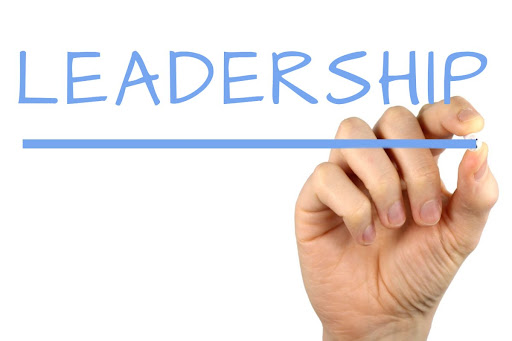Does time seem crunched as we get back to new routines in work and at home? Gaining more time is easy by changing habits and repeating them. Read on for ideas to streamline the new normal and gain more time for you!
Get More Time Back at Work
Manager tested tips to gain more time at work are as simple as blocking off your calendar or making task lists. Other time saving tips need more behavioral change from you to make the change and form a habit. Planning ahead the night before or tackling more challenging tasks first thing in the morning will give you a sense of accomplishment. Starting the day off with a win, no matter how small, will set you up for success.
Furthermore, plan for the unexpected everyday especially at work. What this looks like is making sure you have at least 15 minutes between meetings even online. Those buffers will help if you have unexpected responsibilities come up or need to take a call.
Feel More Relaxed at Home
At home, provide a buffer of time between commitments for the unexpected traffic jams or other mishaps. Tasks like picking up the kids or dentist appointments will leave you feeling more relaxed when you allow more time. In other words, over-estimate travel time, waiting in line, etc. Also find the positive in your task, making it more enjoyable and less burdensome.
Finally, slow down and provide your attention to each task at hand, one at a time. Multi-tasking does not work since each responsibility gets half of your full attention. Even if you need to de-stress and take a quick walk outdoors to calm down, do it! Taking a few extra minutes to regain focus is much more important than driving recklessly or making a decision under duress.
Practice Saying No
Just because someone asks you to do something, does not mean you have to say yes. Practice saying no, to extra commitments that don’t bring you joy or help you with other goals. Some tasks like carpools and school are “must do’s.” However, that extra project at work, bake sale at church or dog sitting for neighbors can be negotiable.
Setting healthy boundaries will keep your most valuable resource, your time, more your own. Try out a few “No’s” over the next few days or weeks and see what happens. You will thank yourself. It becomes easier the more practice you give yourself.
Follow me for more tips on living well at KathyHusserTempe.com




